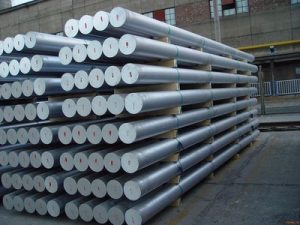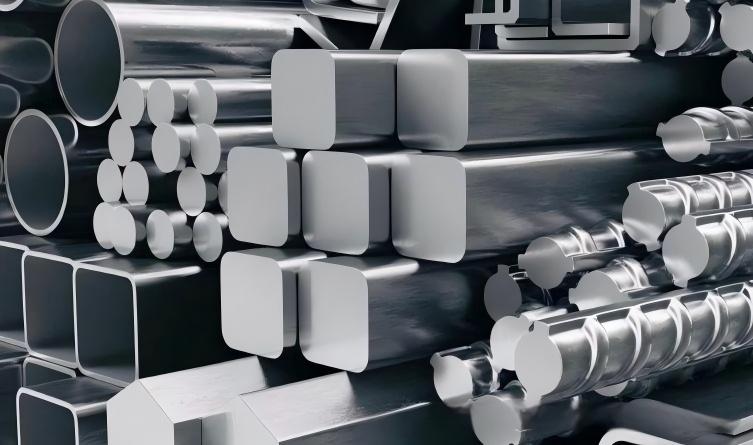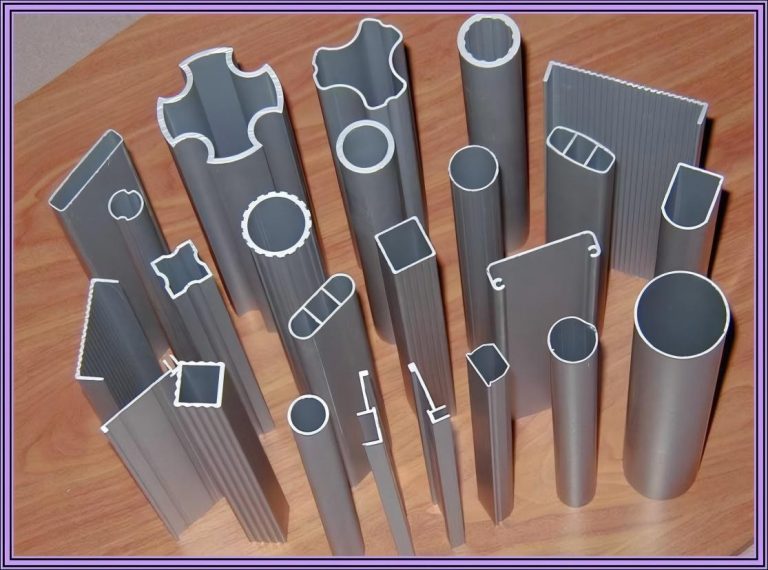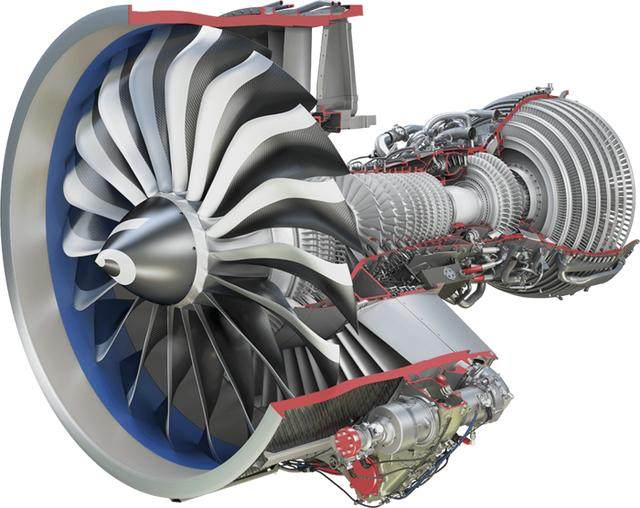Beautiful Plants For Your Interior

8st series aluminum
The more commonly used one is 8011, which belongs to another series. It is an aluminum plate mainly used for making bottle caps and is also applied in radiators. Most of the applications are aluminum foils. It is less commonly used. Aluminum rod specifications: Maximum diameter: 500mm.
- Common brand names:
8A06、8011、8090
- Such As
8A06 This alloy is made of industrial pure aluminum and possesses remarkable features such as high plasticity, strong corrosion resistance, good electrical conductivity and thermal conductivity, but it has low strength and cannot be strengthened through heat treatment. Its cutting performance is not satisfactory. This material can be subjected to contact welding and gas welding. It was formerly known as L6 and the corresponding standard is GB/T 6891-1986. It has a wide range of applications, especially in fields that require high forming performance and corrosion resistance, such as deep drawing processing and thin plate manufacturing.
8011 aluminum alloy belongs to the 8××× series of aluminum-iron-silicon alloy. Its composition is designed based on a high aluminum content. The specific composition range is as follows (refer to the GB/T3190-2020 standard): The aluminum (Al) content is ≥ 98.7% (typical values are 98.9% – 99.3%), which is the main base element, giving the material lightweight and thermal conductivity; the iron (Fe) content is 0.5% – 1.0%, forming FeSiAl₅ compounds with silicon, enhancing strength but excessive amounts will reduce ductility; other impurities (such as Cu, Mn, etc.) total ≤ 0.1%, and strict control is required. This alloy is commonly referred to as aluminum alloy sheet, aluminum material, etc., and is classified in the same category as alloy steel, stainless steel, etc. in the classification of metal materials.
8090 aluminum alloy is an alloy composed of aluminum as the base material, with the addition of main alloying elements such as copper, silicon, magnesium, zinc, and manganese, as well as secondary alloying elements such as nickel, iron, titanium, chromium, and lithium. It belongs to category 3 of deformation aluminum alloys. It has a low density but high strength, approaching or exceeding that of steel. It has good plasticity and can be processed into various profiles. It also has excellent electrical conductivity, thermal conductivity, and corrosion resistance, and is widely used in industry, with usage volume second only to steel.



